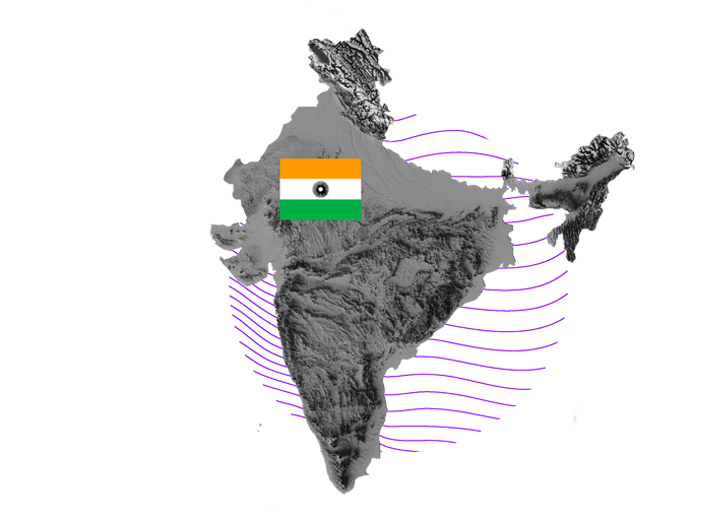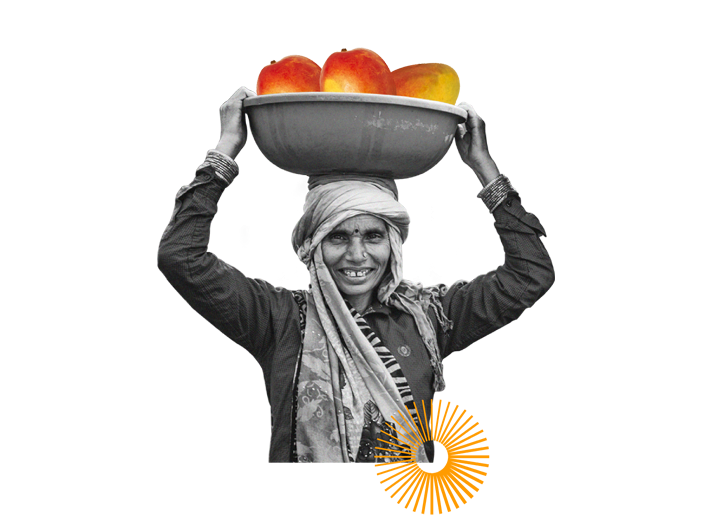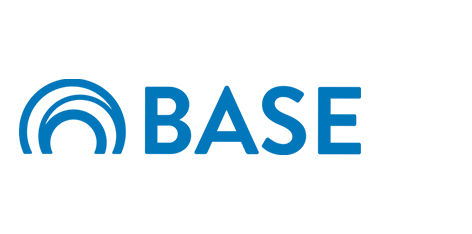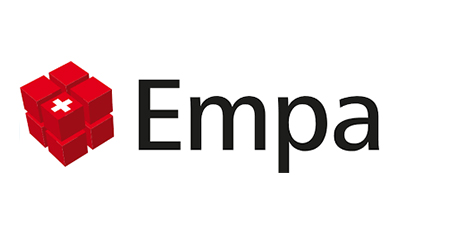THE POWER OF DATA TO DRIVE RESILIENT AGRICULTURE IN INDIA
India is one of the world’s largest food producers. India produces 315 million tons of horticulture products in an area of approximately 26 million hectares, where nearly 80% of the farmers are small holders with less than a hectare of land.
Agriculture plays a vital role in the Indian economy and India’s rural population is particularly dependent on agriculture for their livelihood. 70% of India’s rural population are farmers and 73% of the rural women workforce is part of the agricultural sector.
Nearly 25 to 35% percent of food that is produced is wasted due to lack of proper refrigeration and other supply chain bottlenecks. There is a 90% deficit of cold storage facilities in India.
Moreover, farmers lose another part of their income by selling their produce at the wrong price at the wrong time. Most of the existing solutions for harvest expertise and market intelligence are closed-access and not inclusive to smallholder farmers in developing countries. This lack of data results in 68% of the crops being sold below the market prices in India.
Benefit 200 - 500
smallholder farmers
Increase of yearly
income by 30%
Decrease of food
loss by 20%
Decrease of GHG
emissions by 50%
Empowering Women in the Agricultural Cold Storage Sector
Nestled in the picturesque village of Kairikerla in Odisha's Sundargarh district, Rameswar Mahato tends to a bountiful harvest of pumpkins, lady's fingers, sweetcorn, tomatoes, and cucumbers. But his journey was marred by persistent losses, with thousands of rupees worth of produce going to waste each month. In the bustling VSS market of Rourkela, his story and that of many other farmers with similar struggles takes a remarkable turn, as Koel Fresh's cold room operations breathe new life into their farming endeavours.
Partner:

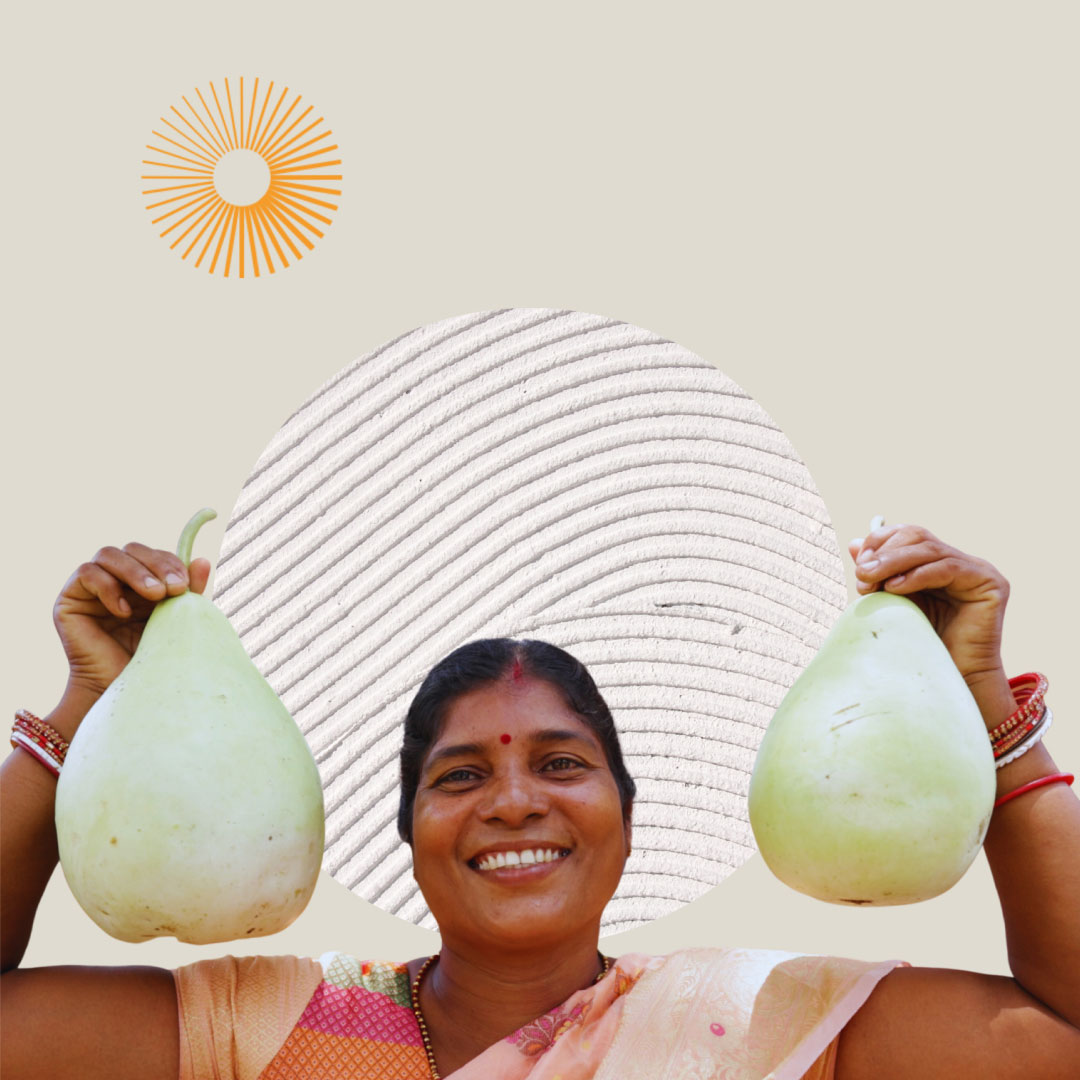
In India, various initiatives, including Mission Antyodaya, have aimed to address data gaps in rural areas. However, the available data often require processing to enable effective decision-making. BASE and Empa's Google Earth Engine web map is a pivotal tool for social enterprises, financial institutions, cooling providers, and government bodies to make well-informed decisions regarding investments in cold rooms for the fresh produce value chain.
The map precisely identifies optimal cold storage locations, taking into account factors such as market proximity, road accessibility, proximity to farming households, access to electricity, and other parameters. Consequently, it simplifies the process of identifying ideal cold room locations, ensuring commercial viability based on the criteria specified by the user.




